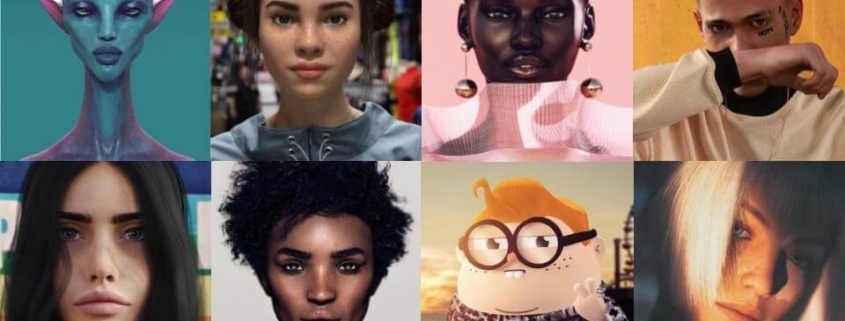
Avatars
An avatar is a digital representation of a user in a virtual environment, such as a computer game or virtual reality (VR) platform. The importance of avatars lies in their ability to allow users to interact with and experience virtual environments in a more immersive and engaging way. By creating a digital alter ego that reflects their own appearance and characteristics, users can feel more connected to the virtual world and can better express themselves and their individuality. Avatars can also be used to improve communication and social interaction in virtual environments, as they allow users to communicate and interact with one another using visual and auditory cues that are similar to those found in face-to-face communication. Additionally, avatars can be used to enable remote collaboration and interaction, such as in virtual meetings or online learning environments. This can help to improve the effectiveness of these virtual environments and can also provide a more engaging and enjoyable user experience.
If you’re not yet getting the sense that it’s hard to tell what’s real these days, you probably soon will.
A $70 million science fiction movie production is starring—appropriately enough—an A.I. robot, who was created specifically for the movie.
And it’s unknown how many of social media influencer Lil Miquela’s 2.5 million or so followers know that she is a computer-generated graphic. While not real, Miquela recently became the first virtual performer signed by the Creative Artists Agency.
This trend is in its early days and advances in A.I. and machine learning suggest that ever more virtual and robotic creations will achieve celebrity status.

